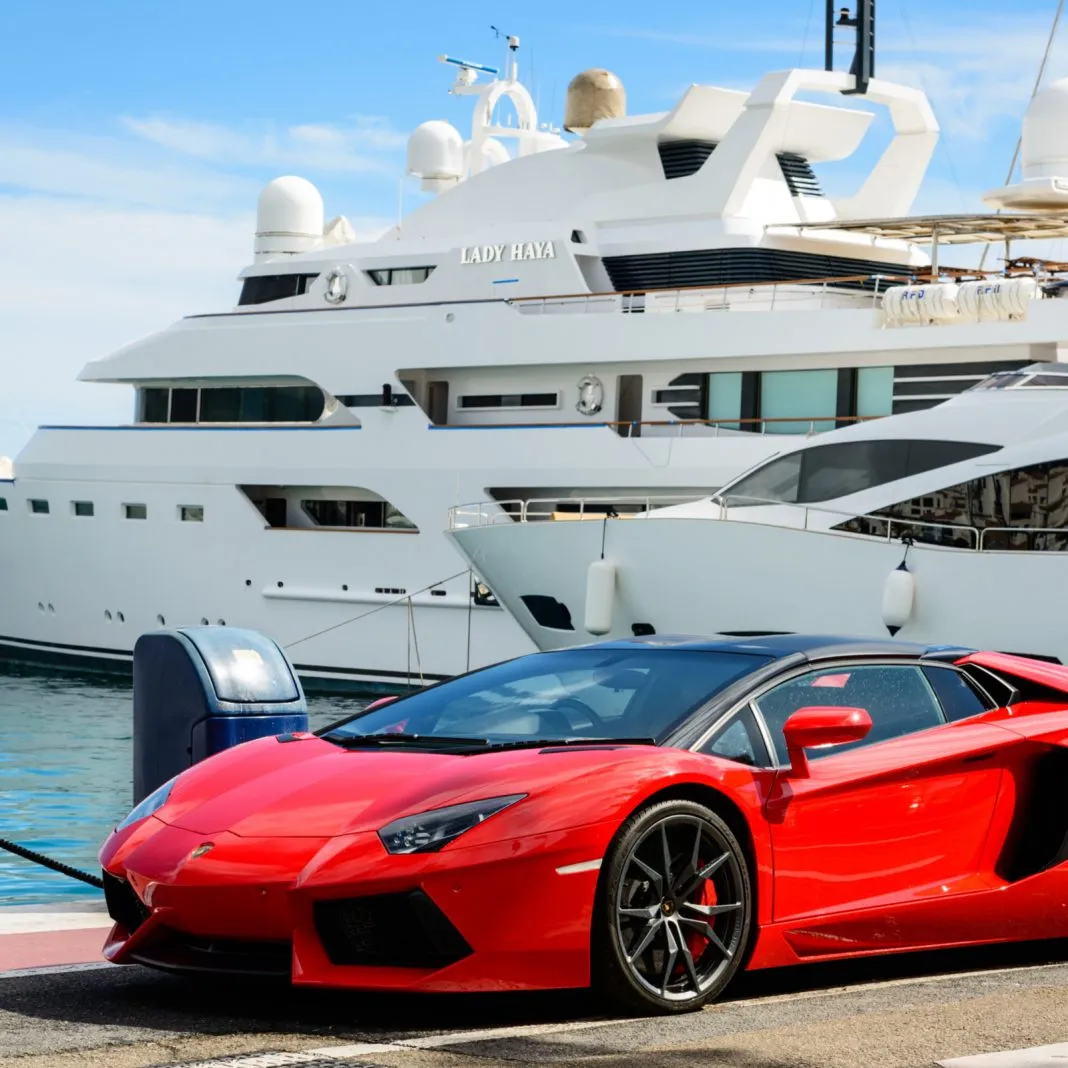
Ogling the fortunes of the filthy rich is a popular pastime with the poorer segments of society. It’s been that way for centuries, with 1849 marking the debut of Who’s Who, a 250-page guide “of living noteworthy and influential individuals, from all walks of life, worldwide.” In more recent years, Forbes has picked up the baton with its annual Rich List which reveals how the 1% are faring. Predictably, the U.S. publication has now launched its own crypto edition for the community to pore over. One name who doesn’t make the list, though, is the most famous and moneyed of all – Satoshi Nakamoto.
The Shifting Sands of Crypto Riches

Forbes’ Inaugural Crypto Rich List Is Crass Yet CompellingIt would be nice to pretend that decentralization and the separation of money and state are the primary motivators for people flocking to crypto. The truth is often more vulgar though. Do an internet search for Vitalik Buterin or any other major crypto figure and the autocomplete result that follows will inevitably be “net worth”. Human curiosity is a powerful urge, and money – in all its forms – is a natural magnet for the envious and the curious.
Due to the volatility of cryptocurrencies, putting a precise dollar price on the entrants’ wealth is impossible, as Forbes readily admits, noting: “It’s a near certainty that we’ve missed some people and that some of our estimates are wide of the mark. But this was equally true when we launched the first Forbes 400 list of the wealthiest Americans in 1982. At the time, many people said we couldn’t—or shouldn’t—publish. We did so anyway, firm in the belief that we made the world a better place by shining a light on the invisible rich.”
Controversially, it then adds: “Fortunes of this magnitude should never be allowed to lurk in the shadows.” This is a contentious claim, and one which privacy proponents – of whom the crypto community has many – would take issue with. Of course, blockchains are public and fully auditable, and thus concealing huge amounts of cryptocurrency wealth is extremely difficult. Figures such as Vitalik Buterin, who has previously protested the avarice which is now endemic to the industry, won’t take kindly to featuring here, but will surely concede that with great wealth comes great public scrutiny.
( )
)
While fleetingly fun, the Crypto Rich List does nothing to advance understanding of cryptocurrencies or appreciation for their transformative power. The men who made the list had the conviction to see the potential in cryptocurrencies when their peers dismissed them out of hand, and have been handsomely rewarded for their endeavors. For all its crassness, the Forbes Crypto Rich List is sure to become an annual staple that gives mainstream media a cryptocurrency angle the public can comprehend, and gives the crypto community something to debate, not only on account of who made the grade, but on account of the crypto whales who are noticeably absent.
Speaking of whales, in 2015 a 95% stake in Forbes was bought by Integrated Whale Media Investments. The Hong Kong-based public and private equity group, headed by a consortium of Chinese investors, then got ensnared in a protracted legal battle with Forbes over its failure to pay interest due on the $415 million deal. The matter was eventually settled out of court. Asians are in short supply on the Forbes Crypto Rich List, with only the CEOs of Binance and Upbit earning a place.